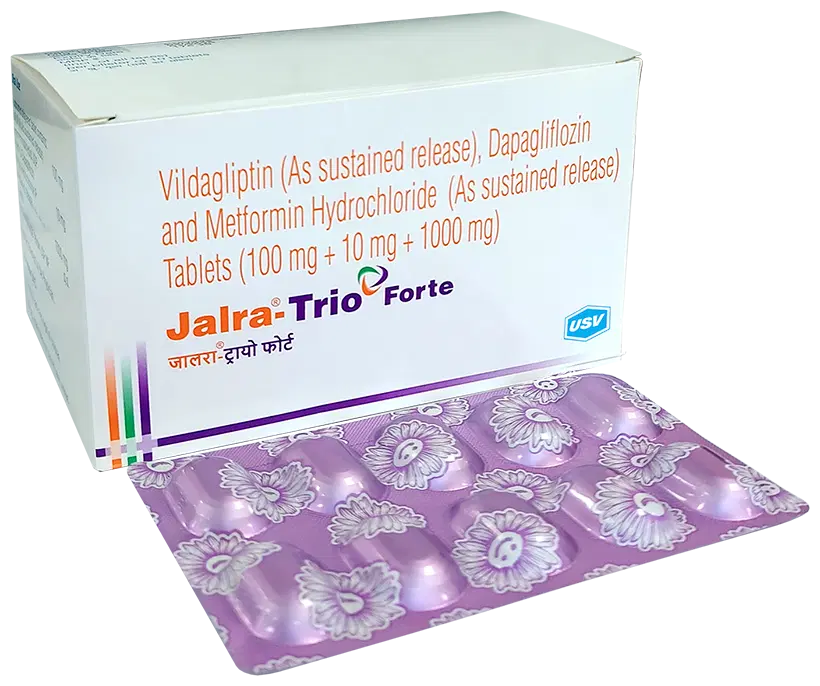Domperidone, Pantoprazole
Domperidone Pantoprazole is a combination medication consisting of two active ingredients: Domperidone and Pantoprazole. Domperidone, a dopamine antagonist, works primarily by blocking dopamine receptors in the upper gastrointestinal tract, which helps to relax the muscles and alleviate gastrointestinal motility disorders. Pantoprazole, on the other hand, is a proton pump inhibitor (PPI) that reduces stomach acid production by inhibiting the H+/K+-ATPase enzyme system in the gastric parietal cells.
Domperidone Pantoprazole is commonly prescribed for the treatment of gastroesophageal reflux disease (GERD) and peptic ulcer disease. GERD is a condition characterized by the backflow of stomach acid into the esophagus, resulting in symptoms such as heartburn, regurgitation, and chest pain. Peptic ulcer disease refers to the development of open sores in the lining of the stomach and the first part of the small intestine, which can cause pain and discomfort.
In addition to its GI motility-enhancing and acid-reducing properties, Domperidone Pantoprazole may also be used to prevent nausea and vomiting associated with certain medical conditions, such as chemotherapy or radiation therapy. By improving gastrointestinal motility and decreasing stomach acid production, the medication can provide relief for patients experiencing gastrointestinal distress.
Domperidone Pantoprazole should be taken as directed by a healthcare professional, and patients should adhere to their prescribed dosage regimen to achieve optimal therapeutic outcomes. Side effects may occur, and if they persist or worsen, patients should consult with their healthcare provider. Some common side effects include headache, dizziness, and diarrhea.

Showing 3445–3456 of 3471 results
Showing 3445–3456 of 3471 results


